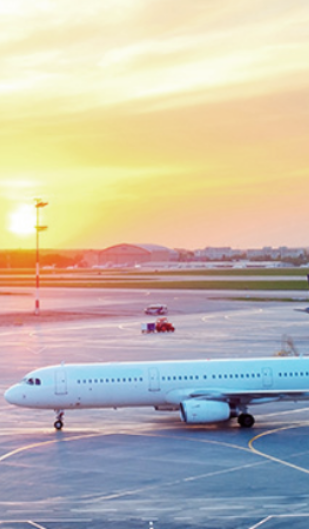For many years, the aviation industry has grappled with a recurring challenge posed by birds. Bird strikes, which occur when birds are drawn into jet engines or rotating propellers, frequently take place during takeoff or landing. In the United States alone, airplanes encounter bird collisions approximately 20 times per day on average.
According to Paul Eschenfelder, a pilot and member of Bird Strike Committee USA, birds can inflict significant harm on aircraft. They have the ability to distort the nose cone, create holes in wings, impair ground steering, and even annihilate an engine. Eschenfelder also emphasizes that a jet engine cannot simply consume a bird and continue to function normally. Certain bird strikes can be exceptionally perilous, resulting in emergency landings and expensive repairs. A notable example is the occurrence of a bird strike in New York that led to a jet plane landing in the Hudson River.
Birds also wreak havoc within aircraft hangars. They frequently perch and construct nests in the high ceiling rafters, leaving behind droppings, feathers, and other debris on the floors and aircraft undergoing servicing with open cowlings. When this debris descends onto delicate engine components and assemblies, it poses operational and safety challenges. Additionally, bird droppings create slip-and-fall risks for maintenance and repair crews. Overall, the presence of birds in aircraft hangars causes harm, delays in maintenance, and unnecessary cleanup efforts.
The problem is further exacerbated by the fact that many airports and airfields are situated near marshlands or bodies of water, which serve as natural habitats for large waterfowl such as geese.
Is possible to prevent bird strikes on airplanes?
Pestman Bird Repellent is an innovative product derived from natural sources. It has been specifically developed using advanced biotechnology to effectively deter birds from airports, without causing harm to them or the environment. By exploiting birds' sensitivities to the active ingredients present in the repellent, such as smell, vision, taste, and physiology, it triggers allergic reactions, loss of appetite, and fear responses, leading to a lasting aversion in their memory. This humane approach ensures that the birds do not return during the specified period. Additionally, this repellent can also be used to deter bats, mice, and rabbits. When sprayed on airport lawns, it discourages mice and rabbits from lingering.
Targeted bird species include Starlings, Swallows, Magpies, Sparrows, Skylarks, Pigeons, Shrikes, Kestrels, Turtledoves, Egrets, and more.
Advantages:
Wide coverage, suitable for all areas within the airport.
User-friendly with time and labor-saving features.
Effective in repelling birds for a prolonged period.
Suitable for all bird species.
Not only deters birds but also bats, mice, and rabbits.
Already utilized in over 150 civilian and military airports in China.
Application areas: Runways, lawns, surrounding trees, bushes, birdhouses, billboards, etc.
[Application time]
For birds, apply the repellent in the morning and evening.
For bats, it is advisable to spray at nightfall.
[Application method]
Pour the bird repellent into a spray container, then add the recommended amount of water (dilution ratio: 200-500 times) and mix thoroughly. Clean the empty container with water multiple times before pouring the mixture into the spray container.
[Recommended dosage]
Evenly spray the airport runway surface and lawn at a rate of 2250g per hectare. Alternatively, spray in alternate rows at a rate of 1125g per hectare. The dilution ratio depends on the severity of the bird problem, usually ranging from 100 to 500 times. A dilution ratio of 200 times is generally appropriate.
In cases of severe damage or sparrow control, evenly spray the surface and lawn. For runway surfaces, a dilution ratio of 100 times is recommended. For lawns, a dilution ratio of 200 times with water or mixed with pesticides is suggested.
For bat control, it is advisable to dilute the repellent with water at a ratio exceeding 200 times and primarily target the surface and lawn areas.






